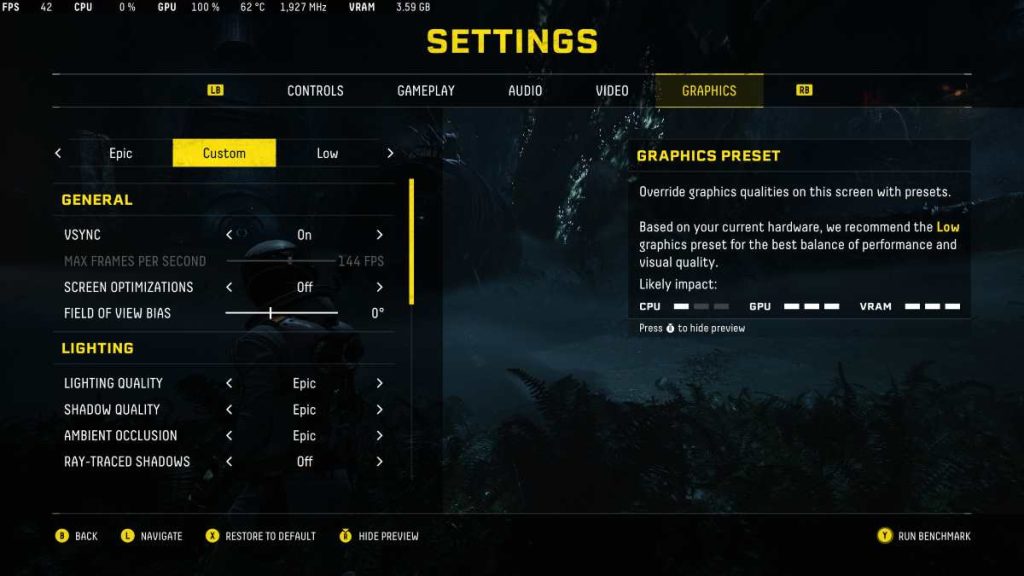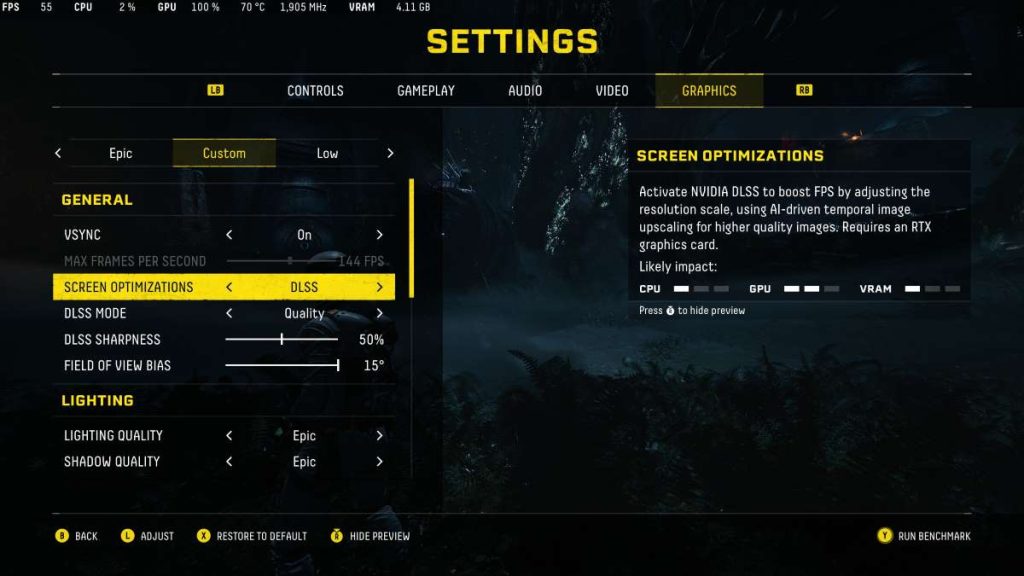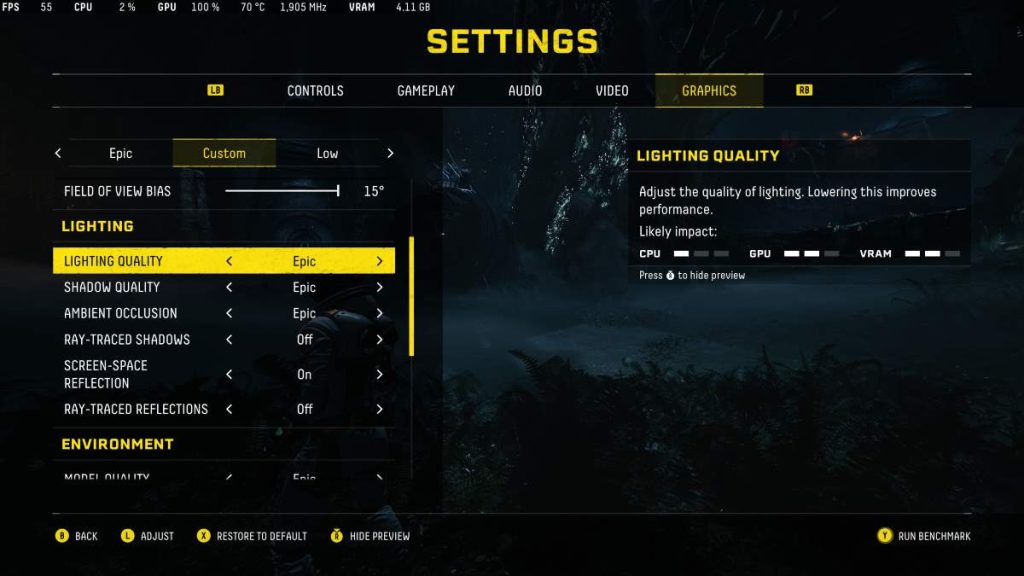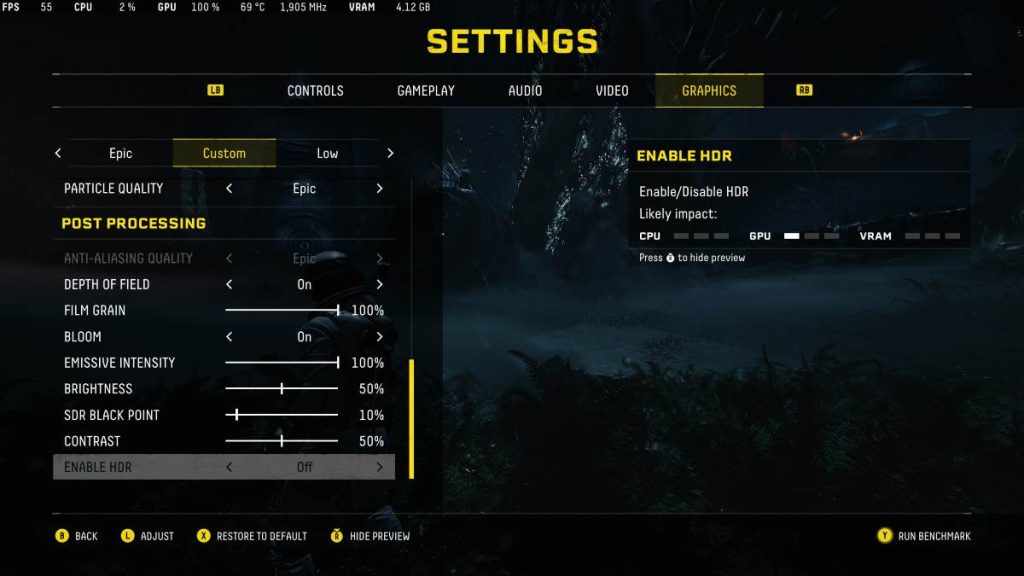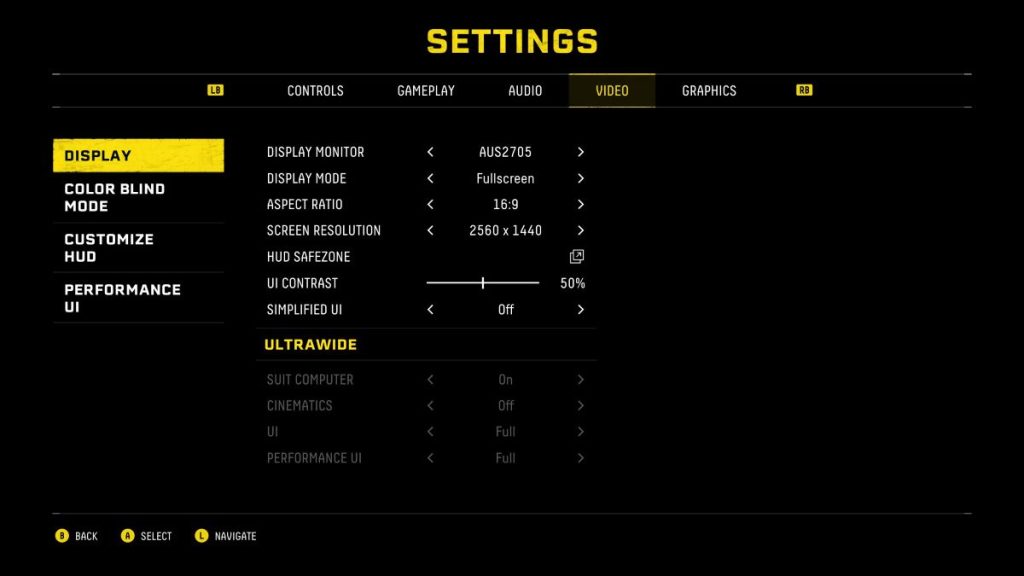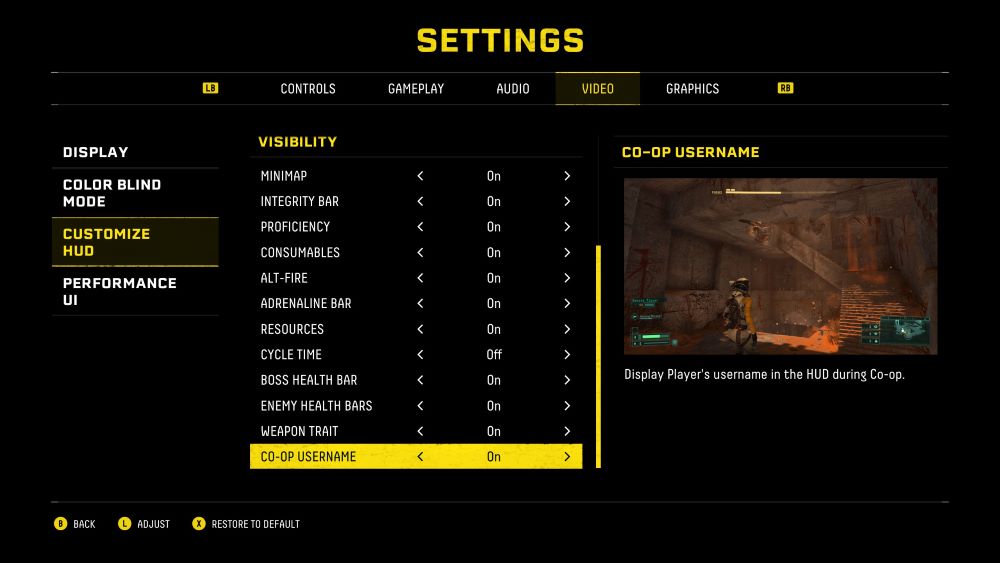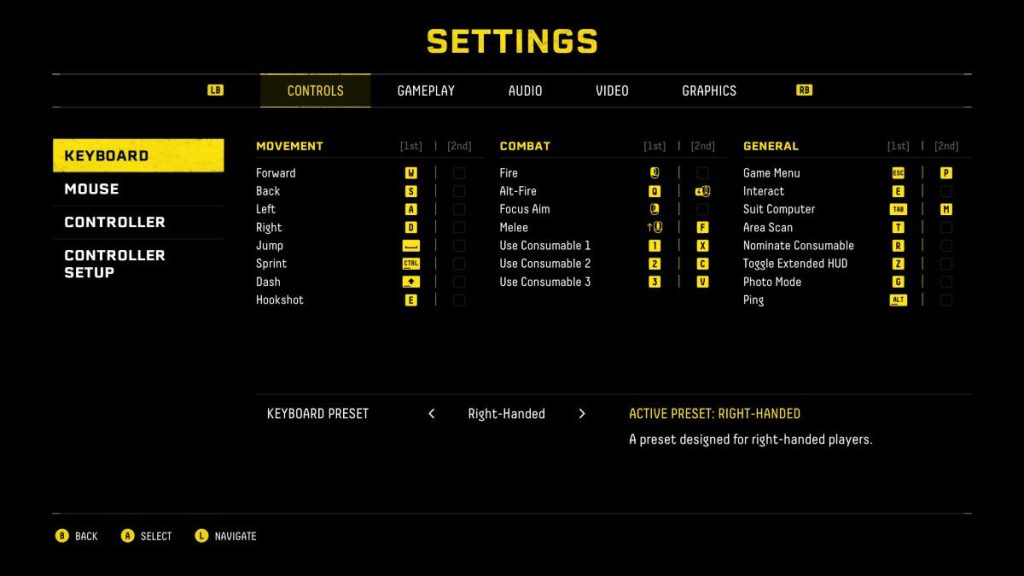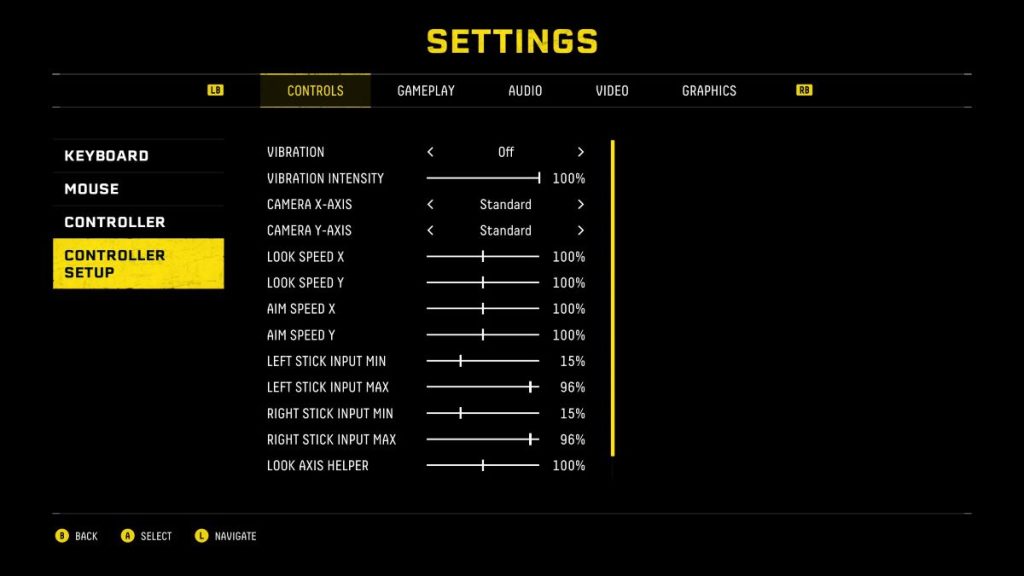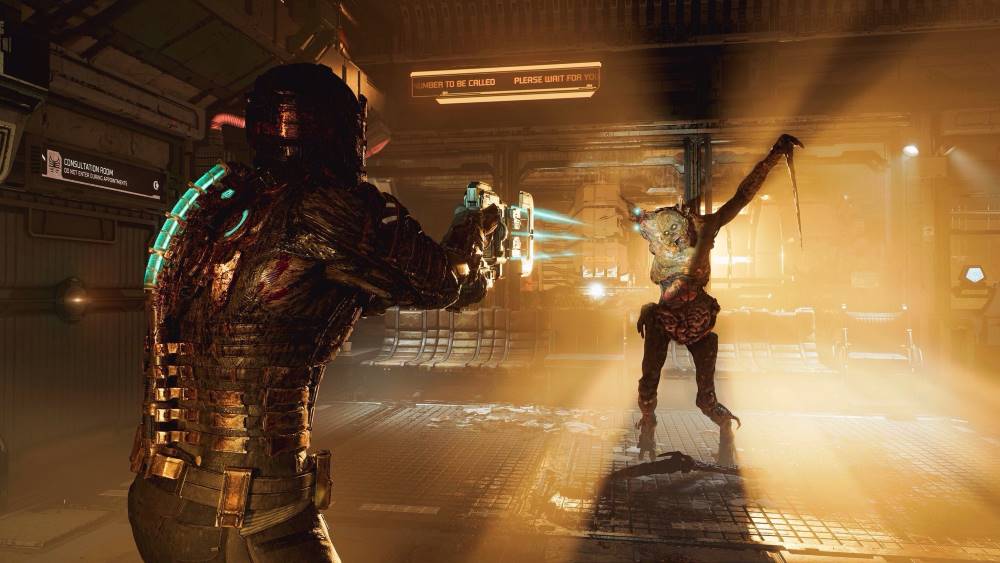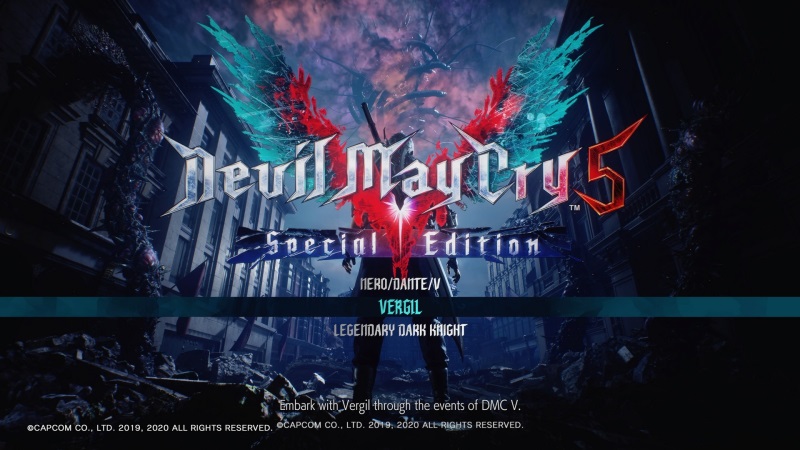Returnal PC Review – Relive the Horror
Returnal PC Review
After numerous leaks and hints, Housemarque’s Returnal is finally seeing a PC release. One of the must-play games early on in the PS5 life cycle, the game offered an adrenaline rush that saw players run through the game over and over again, slowly peeling back the layers of this amazing rouguelite.
We absolutely loved Returnal when it was first released almost 2 years ago, as we showered praise for its flawless gameplay and superb audio design, both of which offered a truly immersive experience. The game offers quite a bit of a challenge, as PC players will know all too well, so we’re here to talk about the new additions to this release that will make it another worthy addition of PS Studios games to your ever-growing library.
Related – Read our PS5 review of Returnal
Taking a Toll
First off, let’s check out the system requirements for the PC version of Returnal:
| MINIMUM | MEDIUM | RECOMMENDED | EPIC | RAY TRACING | |
|---|---|---|---|---|---|
| AVG Performance | 720P @ 60FPS | 1080P @ 60FPS | 1080P @ 60FPS | 4K @ 60FPS | 4K @ 60FPS |
| Graphics Settings | Low | Medium | High | Epic | Epic |
| GPU | NVIDIA GeForce GTX 1060 (6 GB) AMD Radeon RX 580 (8 GB) | NVIDIA GeForce GTX 1070 (8 GB) AMD Radeon RX 5600 XT (6 GB) | NVIDIA RTX 2070 Super (8 GB) AMD Radeon RX 6700 XT (12 GB) | NVIDIA RTX 3080 (10 GB) AMD Radeon RX 6800 XT (16 GB) | NVIDIA RTX 3080 Ti (12 GB) AMD Radeon RX 6950 XT (16 GB) |
| CPU | Intel Core i5-6400 (4 core 2.7GHz) AMD Ryzen 5 1500X (4 core 3.5GHz) | Intel Core i5-8400 (6 core 2.8GHz) AMD Ryzen 5 2600 (6 core 3.4GHZ) | Intel i7-8700 (6 core 3.7 GHz) AMD Ryzen 7 2700X (8 core 3.7 GHz) | Intel i7-9700K (8 core 3.7 GHz) AMD Ryzen 7 3700X (8 core 3.6 GHz) | Intel i9-11900K (8 core 3.5 GHz) AMD Ryzen 9 5900X (12 core 3.7 GHz) |
| RAM | 16 GB DDR4 | 16 GB DDR4 | 16 GB DDR4 | 32 GB DDR4 | 32 GB DDR4 |
| OS | Windows 10 64-bit (version 1903) | Windows 10 64-bit (version 1903) | Windows 10 64-bit (version 1903) | Windows 10 64-bit (version 1903) | Windows 10 64-bit (version 1903) |
| STORAGE | 60 GB HDD (SSD Recommended) | 60 GB SSD | 60 GB SSD | 60 GB SSD | 60 GB SSD |
At first glance, these requirements aren’t quite as approachable compared to other games, especially with the immediate 16GB of RAM needed even at the minimum setting. GPU-wise, an RTX 2070 is required to run the game at 1080p 60 fps, which is quite demanding. If you want the best experience that will provide 4K 60fps gameplay with ray tracing, then you’ll need a hefty RTX 3080 and 32 GB of RAM.
With a game like Returnal, frames matter, and the developers surely approached the system requirements with this in mind. You’ll want to squeeze as much from it as you can, even at the expense of visual fidelity, and thankfully, there are a ton of toggles that will let players tweak the experience to their liking.
Apart from the standard issue presets, you can tweak a number of items like film grain, bloom, depth of field, and much more. Notably, there is a toggle to activate screen optimization options like DLSS and FSR (proper hardware is required), so players will be able to further switch on items like dynamic resolution, quality mode, and more, as long as they have the right components for it.
Similar to Miles Morales, Returnal also offers toggles for ray-traced shadows, ray-traced reflections, and even ray-traced audio, hardware permitting, of course. This game heavily relies on the atmosphere it creates to evoke a persistent sense of dread and tension, so these settings really help the immersion factor a lot.
You can check out all of the graphics settings below:
Returnal also supports ultrawide monitors if you have them. The spec sheet provides two new formats – Ultrawide at 21:9 and Super Ultrawide at 32:9 – and unfortunately, we are unable to test this out, but we’ll be sure to update our review when we do!
An interesting addition here is that you can turn on various performance metrics while playing the game. Players can choose to see values such as FPS, CPU and GPU utilization, GPU temperature, and much more. There’s no need to use third-party tools, and this is quite a nice option for those that like to keep their rigs at peak performance by monitoring their components during gameplay.
Lastly, Returnal also has the standard option of allowing players to fully customize button layouts, whether they are using KBM or a controller. Returnal has support for the DualSense Controller, which is the ideal use case here for haptics, something the game employs to great effect.
Breaking the Cycle
We tested the game with a fairly decent setup. We imagine that many players might be looking at a similar range, especially considering the prices of parts these days:
- Ryzen 5 5600x, 16 GB DDR4 3600 RAM, NVIDIA 3050, 1TB NVMe SSD, 27″ 1440p Monitor
Upon checking the settings, the game actually suggested switching our presets to low, which was surprising given that we easily met the recommended settings. Instead of doing this, we used a custom combination of medium (shadows, lighting, occlusion) and high (texture, models, particles) settings. We also activated DLSS with a balanced setting between quality and performance.
The results were pretty good, as we maintained 60–80 fps across various portions of the game, including heavy sequences. Boss battles are basically bullet-hell experiences, so it’s quite nice to see that the game holds up beautifully in terms of frames. Rigs with 3070 or 3080s will be able to squeeze more out of the game, but whatever the case, you’ll ideally want to play Returnal in a setting that prioritizes performance over visual fidelity.
There were some sequences though where the game would stutter ever so slightly, dropping frames to around 20-30, and then shooting back up again. It didn’t happen often, but it’s there. I’m guessing my 16GB of RAM isn’t quite enough at times, so switching some things to a lower setting may help with the stability.

While PC players will enjoy the game with either a KBM or third-party controller setup, nothing beats the Returnal experience when paired with a DualSense controller, despite the need for a fully wired connection. The addition of haptic feedback really brings the game to life, allowing players to feel each and every bullet that their firearm dispenses.
When played on the PS5, the haptic feedback really elevated the experience, as we highlighted in our review:
Returnal utilizes haptic feedback to full effect in the game, and what a world of difference it makes. Depending on who you ask, the use of haptic feedback is either on par with or better than Astro’s Playroom, and you’ll actually feel it as early as the opening sequence. The pitter-patter of rain, picking up Obolites, firing your weapon… each action has feedback that doesn’t feel overused nor exaggerated, resulting in a fantastic experience. It will totally eat up your Dualsense battery life though, so get ready to charge your controller up.
On the PS5, the use of adaptive triggers was also a standout, requiring players to get past a “wall” and fully press on L2 to perform the alt-fire capabilities of their equipped weapon. It’s quite different here in the PC version, and the lack of a trigger wall means that players will have to approximate their trigger presses and can mistakenly activate the alt-fire. This is quite disappointing, seeing as the PS5 implementation is perfect as it is.
By default, the controller setting is set to a configuration that doesn’t allow for adaptive triggers, so you’ll have to manually change the control scheme to “Adaptive.” I’m currently fiddling around with controller settings to see if it can replicate the resistance settings of the PS5, but as of writing, the adaptive trigger implementation is a bit of a letdown.
Another feature that has been translated well to this PC release is the use of 3D audio. Returnal is the perfect game to highlight this, as you’ll hear projectiles whizzing past you and it’s something that actually helps with the gameplay experience, which really needs to be heard to be believed and isn’t just a buzzword.
This version also includes the Tower of Sisyphus update, along with co-op play, so you can be assured of the latest and greatest version of the game.
What we liked:
- Smooth and flawless gameplay
- Superb audio design and use of 3D audio
- DualSense Integration
What we didn’t like:
- Heavy hardware demand for the ultimate experience
- Wired DualSense connectivity for full functionality
- Adaptive trigger implementation feels half-baked
Verdict: Buy It!

Returnal for the PC is as fantastic now as it was when it was first released two years ago. The combination of exhilarating gameplay and roguelite elements will always keep players on their toes and is only made better by the flawless controls and superb audio design. The DualSense integration is the cherry on top and really does wonders to elevate the experience thanks to one of the best implementations of haptic feedback in a PS5 game.
The game may require quite a hefty rig to be played at max settings, and although the GPU requirements may not stand out so much, the 16 GB of RAM even at the lowest setting could turn off some players. For something as fast-paced as Returnal, frames matter, so prioritizing performance is ideal.
Overall, Returnal is another solid addition to the ever-growing library of PlayStation games for the PC, and we can’t wait for some other titles like Ghost of Tsushima to make the eventual jump.
*Returnal was reviewed on a PC with a review code provided by the publisher.

